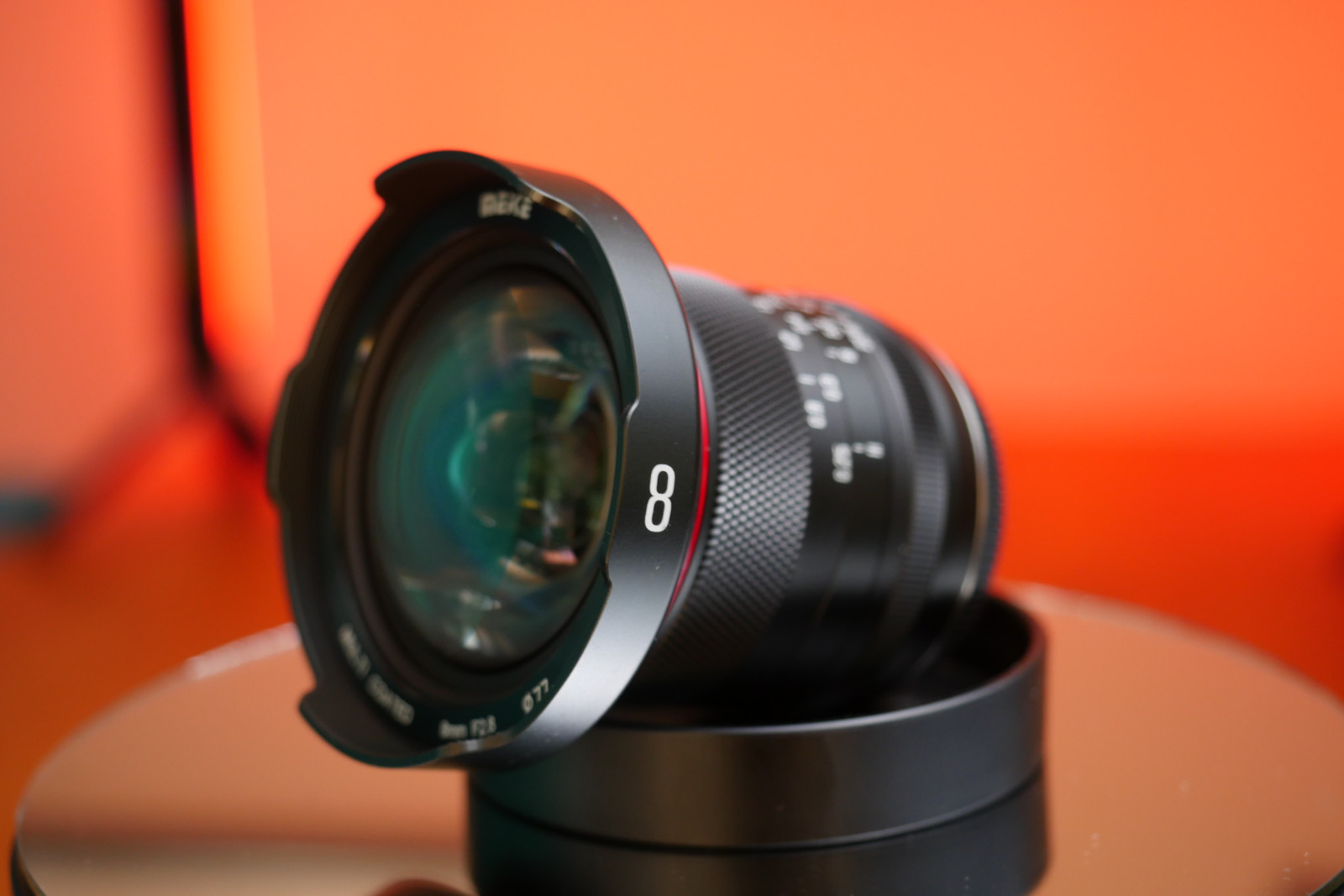Meike 8mm f2.8 for MFT review
Ultra wide, non fish-eye lenses are a type of camera lens that have a wider field of view than standard lenses, but do not produce the distortion often associated with fish-eye lenses. These lenses are ideal for landscape photography, architectural photography, and other types of photography where a wide field of view is desired. And , in some cases, for videography. Especially when you are running a YouTube channel and filming yourself sitting at your desk! Try to work with standard lens in such conditions! And here comes the Meike 8mm F2.8 for Micro Four Thirds (Olympus and Panasonic) that not only is wide, but also extremely sharp and optically corrected!

One of the main benefits of ultra wide, non fish-eye lenses is that they allow photographers to capture more of the scene in front of them. This can be especially useful when shooting in tight spaces or when trying to capture a panoramic view. These lenses also allow for a greater sense of depth and perspective in photos, which can help to make them more visually interesting and dynamic.
Another benefit of ultra wide, non fish-eye lenses is that they do not produce the distortion often associated with fish-eye lenses. Fish-eye lenses have a very wide field of view, but they also produce a distortion known as “barrel distortion,” which can make straight lines appear curved. This can be problematic for certain types of photography, such as architectural photography, where straight lines are important. Ultra wide, non fish-eye lenses do not produce this distortion, making them a better choice for these types of photography.
When choosing an ultra wide, non fish-eye lens, there are a few things to consider. First, consider the focal length of the lens. Ultra wide lenses typically have a shorter focal length than standard lenses, which means that they are more “zoomed out.” This can be beneficial for capturing a wide field of view, but it can also make it more difficult to capture details in the distance.
Next, consider the aperture of the lens. Aperture is the size of the lens opening, and it controls the amount of light that enters the camera. A wider aperture (such as f/2.8) will allow more light to enter the camera, making it possible to shoot in lower light conditions. However, it will also make the depth of field shallower, meaning that only the subject of the photo will be in focus and the background will be more blurry.
Lastly, consider the build quality and image stabilization feature. Lenses with a high build quality and image stabilization feature will produce sharper images even in low light and when shooting with a low shutter speed.
If you want to know what I think about Meike 8mm F2.8 for MFT and how it changed my YouTube Studio and my Panasonic Lumix GH5 mart II, watch the video!

I'm Paweł Spychalski and I do things. Mainly software development, FPV drones and amateur cinematography. Here are my YouTube channels:
